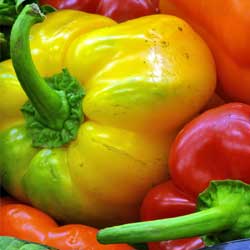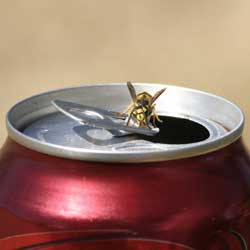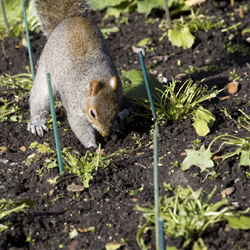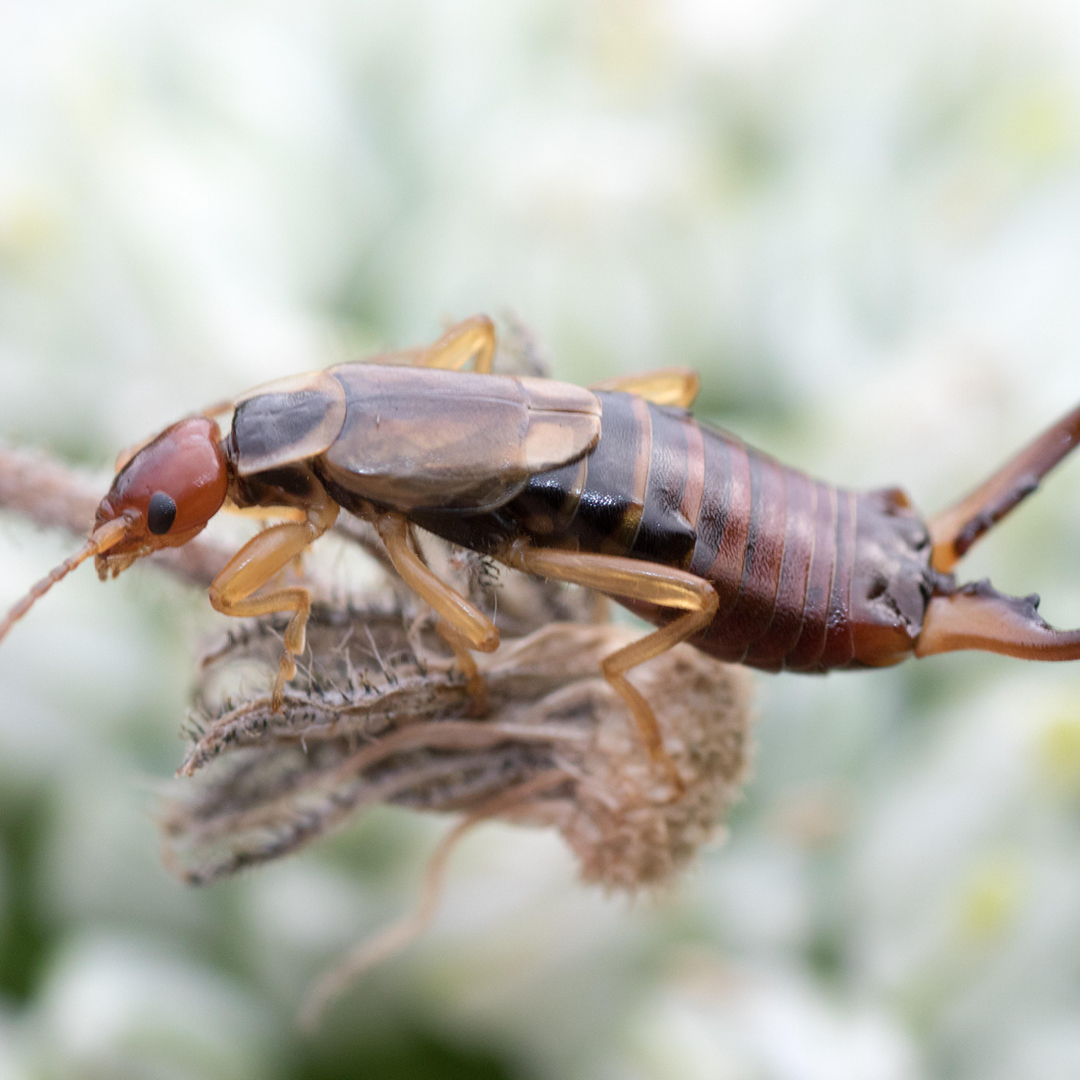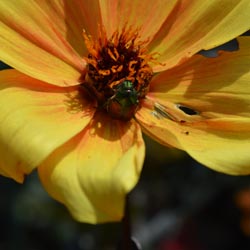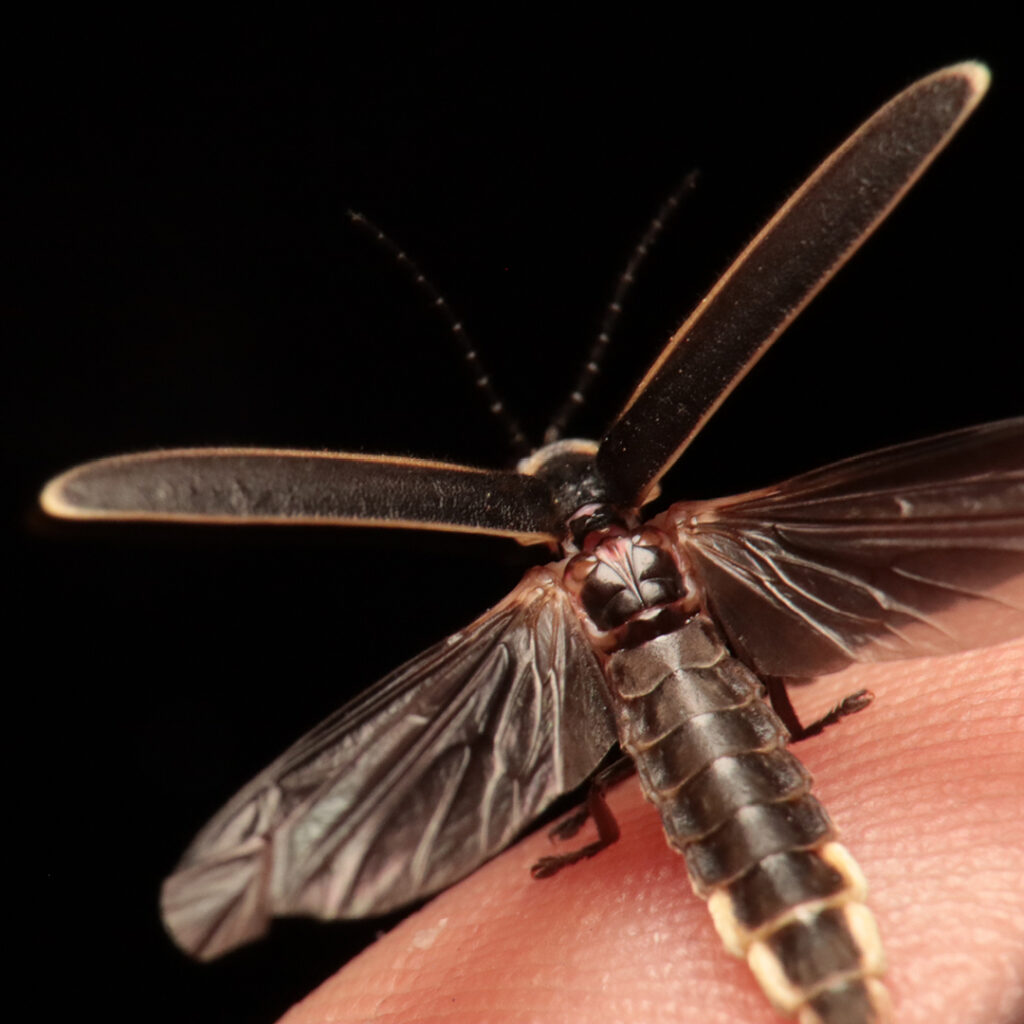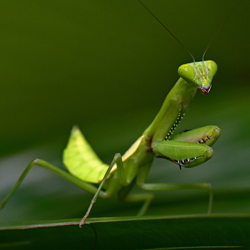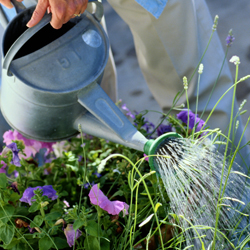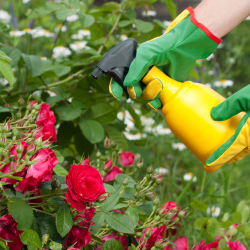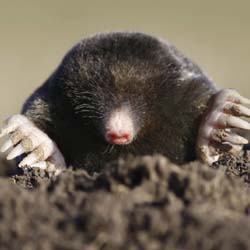Nothing is more disheartening than grabbing a beautiful tomato only to find the entire bottom is soft, black and rotten. Blossom end rot (BER) affects tomatoes, peppers, eggplant, squash and melons.
For those of us who work and play outdoors in deer tick-infested areas, Lyme disease is a reality. If caught early, the disease is usually cured with antibiotics. If not detected and treated early, Lyme disease can be a debilitating condition that may linger for months or years.
Clay soil can be one of the most challenging soil types for gardeners and landscapers to work with. It is not impossible, however, to turn a clay-based plot into a lush, productive growing space. Understanding your clay soil and knowing how to improve it can help you make the most of even the densest, heaviest…
Sometimes it’s difficult to tell good from bad. Take the yellowjacket for example. When you hear yellowjacket, what’s the first thing that comes to mind? A buzzing, stinging insect ruining your outdoor meal or a treasured pollinator of many plants?
Autumn is the catalog time of year, when gardeners devour and drool over the spring-blooming bulb catalogs, eagerly fantasizing about next year’s flowerbeds.
Now that we’re in the throes of winter, do you ever stop and think, “Where did all the bugs of summer go?” With the onslaught of frigid temperatures along with snow and ice, gardeners and homeowners alike hope and pray that these weather extremes will reduce local pest insect populations. But do they? Well, there’s…
In the summer months, insects can take their toll on your plants if you are not on the alert for problems. If the right product is used at the right time and under the right conditions, however, pesticides can be reduced to a minimum and your plants will be well-protected.
In the enchanting sky of summer nights, few sights rival the mesmerizing dance of the firefly or lightning bug to some. Those tiny exhibitionists of light, flickering in the darkness, have charmed generations with their effervescent brilliance. But a sobering truth looms: the once-abundant glow of these beloved insects is fading, their numbers dwindling as…
This insect can be large and intimidating, but the praying mantis in your garden is a guest to welcome and celebrate, not one to fear or eliminate. Understanding these beneficial insects can help every gardener realize just how useful praying mantids can be. About the Praying Mantis There are more than 2,400 species of praying…
Water is critical for a healthy garden and landscape, but how much water is too much, how much isn’t enough and how much is just right? Unfortunately, there isn’t a specific answer that suits every gardener’s needs. All plants have different water requirements, which change depending on the type of soil, amount of sun, temperature,…
One of the most common insects, and one of the most potentially plant-threatening, is the aphid. There are actually many types of aphids – more than 4,000 in all. Some feed on specific plants and others are not so choosy. They all attack the newer plant growth and suck sap from a plant’s internal circulation…
Mole, vole or shrew: ever wonder what the difference is between these pests, or why you should care? All three of these mouse-like creatures may be seen in or around your garden. Identification is important in determining if and how you should control these critters. Moles Identification: A mature mole will grow 5-7 inches from…


 15% Military Discount
15% Military Discount
